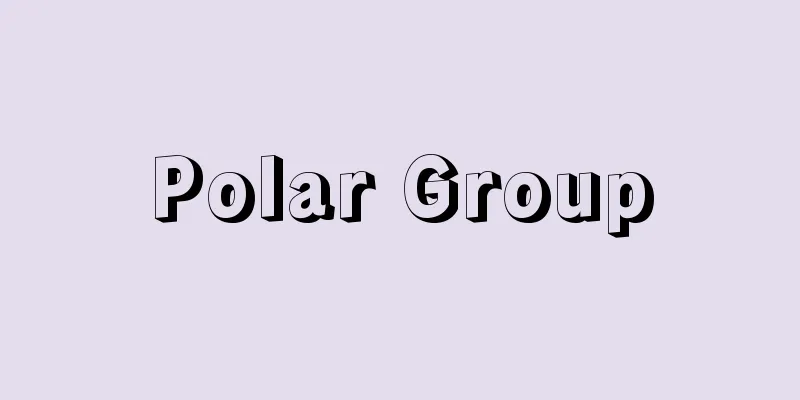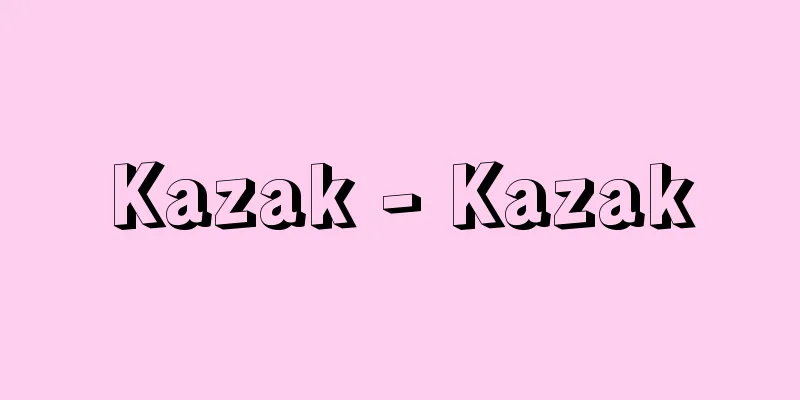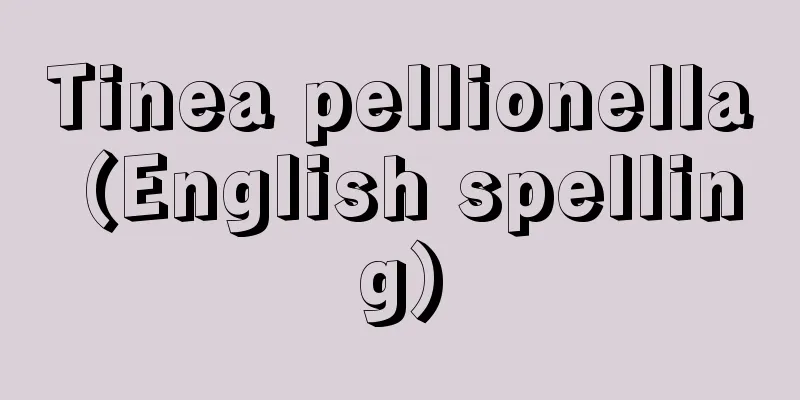Polar Group

|
A polar atomic group, which, when present in an organic compound, makes the compound polar. It usually contains atoms other than carbon and hydrogen, such as an amino group ( -NH2 ), a carboxyl group (-COOH), or a hydroxyl group (-OH). Source: Asakura Publishing Nutrition and Biochemistry Dictionary Information |
|
極性のある原子団のことで,この基が有機化合物中に存在すると,その化合物が極性をもつ.アミノ基(-NH2),カルボキシル基(-COOH),ヒドロキシル基(-OH)など,通常,炭素,水素以外の原子を含む.
出典 朝倉書店栄養・生化学辞典について 情報 |
>>: Polar Compounds - Polar Carbide
Recommend
《Ofudesaki》 - Ofudesaki
…After the Meiji Restoration, the religion spread...
Kisshoten repents
…Shosekigetsukai is also called Shuseki for short...
Operating Expenses
These are expenses that correspond to sales revenu...
Satsuma Domain Historical Records - Satsuma Domain Historical Records
This is a chronological collection of historical ...
Keizanji Temple
This Zen temple is located in the northwest of Yu...
Book
A plastic art that is expressed by writing Chines...
Gupta Dynasty - Gupta
An ancient Indian dynasty (320-mid-6th century). ...
Gasoline engine - gasoline engine
A spark-ignition reciprocating internal combustio...
Homs (English spelling)
The capital of the northwestern Homs Governorate i...
Solid tire
…Generally, it refers to the rubber ring that for...
skēnē (English spelling) skene
...theater was surrounded by a wooden structure (...
Arikh‐khaya (English spelling)
1227‐86 The first Uighur general of the Yuan Dynas...
Butterflyfish - Butterflyfish
A general term for fish of the family Chaetodontid...
Dorn, G. (English spelling) DornG
...It is also called pansophia or pansophie, a di...
Dessert - Deza-to (English spelling) dessert
It is a general term for sweets, fruits, cheese, ...







![Maki [town] - Maki](/upload/images/67cce321cfe8d.webp)

